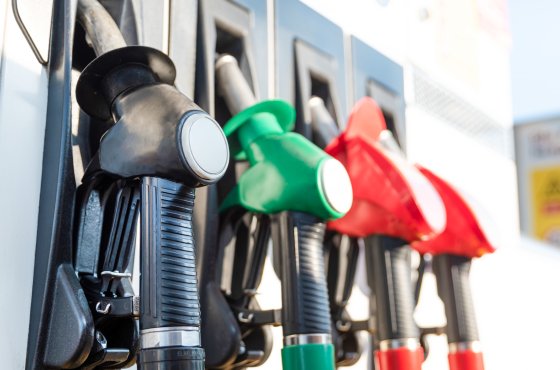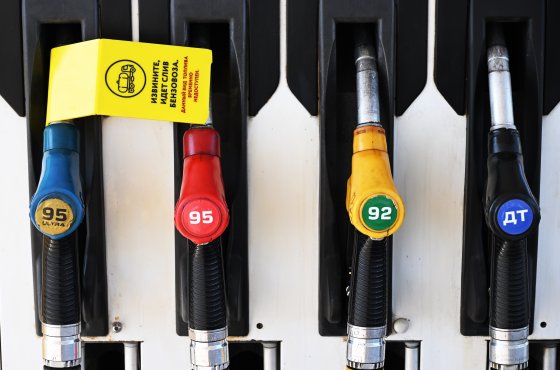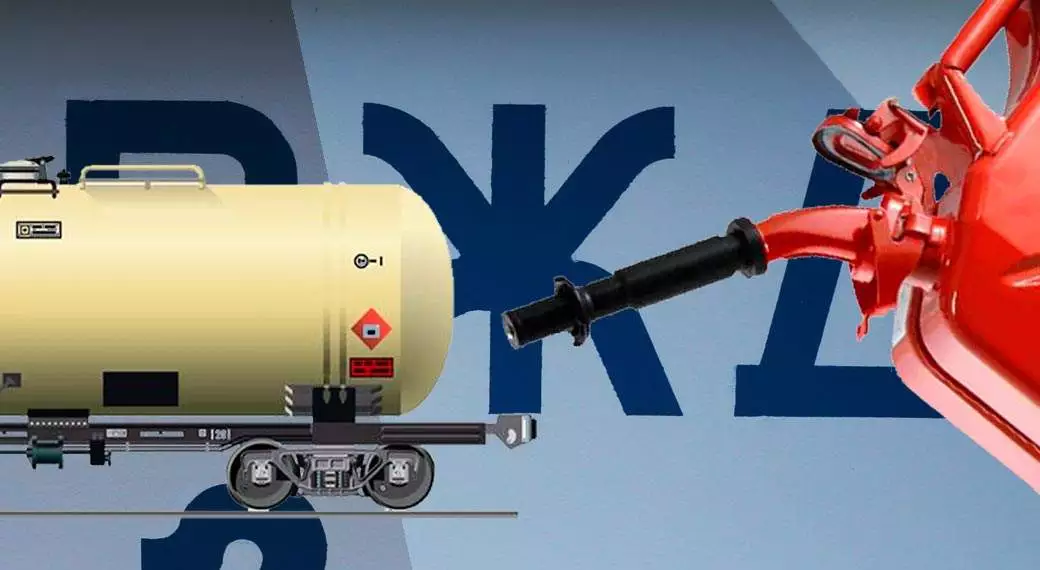For over a year and a half, "Arctic LNG-2" struggled to sell its gas as the U.S. imposed sanctions on the project. However, a buyer has unexpectedly emerged. It turns out that China is no longer afraid to purchase any gas from Russia, even that subject to sanctions. What lies behind such boldness from Beijing?
The fourth LNG carrier carrying Russian LNG from the "Arctic LNG-2" project has been unloaded in China. Both the carriers and the gas itself are under sanction. In November 2023, the U.S. imposed sanctions against the new, yet-to-be-commissioned Russian LNG plant. By December of the same year, the first phase of "Arctic LNG-2" was commissioned, yet it was still unable to sell its gas. Even foreign stakeholders in the project, who had invested in the plant under contracts, hesitated to purchase the sanctioned gas.
Novatek owns 60% of the shares in "Arctic LNG-2" alongside France's TotalEnergies, China's CNPC and CNOOC, and Japan Arctic LNG, each holding 10% of the shares. Chinese companies collectively hold 20% of the project’s shares.
Now, over a year and a half later, "Arctic LNG-2" has finally found a buyer in China. Additionally, in June of this year, Novatek successfully launched the second phase of the plant. Each train is capable of supplying 6.6 million tons of LNG annually, bringing the total capacity to 13.2 million tons.
According to unofficial data from S&P Global, the sanctioned Russian LNG has arrived at the Tishan terminal in the Beihai port in southern China. The first shipments were delivered by the LNG carriers "Voskhozhdenie" and "Arctic Mulan," with September shipments coming from the vessels "Buran" and "Zarya," all of which are under sanctions.
Furthermore, S&P Global reports that another tanker, "La Perouse," which fell under British sanctions in September 2024, entered the port of "Arctic LNG-2" on August 27. This is the first of the recently loaded vessels that traveled westward instead of east along the Northern Sea Route. As of September 12, the "La Perouse" was headed south to the Sahar Democratic Republic.
"Last year, China was hesitant to buy this LNG, so all the gas from the plant was being stored in two floating LNG storage units in the Murmansk region and Kamchatka – the Saam UGS and the Koryak UGS.
These are, in essence, two large gas storage vessels built in South Korea. They were handed over to Novatek before the sanctions were introduced. The LNG was stored there and gradually gas had to be vented. Despite the low temperature within the LNG carriers, the gas inevitably heats up, expands, and is vented into the atmosphere. Hence, some volume of LNG has been permanently lost," explains Igor Yushkov, an expert at the Financial University under the Government of the Russian Federation and the National Energy Security Fund (NESF).
By sending LNG to storage, Novatek also showcased to potential buyers that the plant is operational, gas is available, and they should come and take advantage of attractive offers.
The fact that four LNG carriers unloaded sanctioned LNG at the Chinese terminal indicates that a specific company in China has been signaled to purchase this gas. "I believe that China has designated a specific terminal, Tishan, which will specialize in receiving Russian LNG. Most likely, in the near future, it will fall under U.S. sanctions and even EU sanctions, yet it will continue to buy Russian LNG. This is akin to the case of the shadow fleet, where tanker owners understood they would end up on the U.S. blacklist, yet they still profited from transporting Russian oil," says Yushkov.
The only drawback is that the terminal’s capacity is limited to only 6 million tons of LNG annually, while "Arctic LNG-2" already has two phases, each capable of supplying 6.6 million tons of LNG per year. Therefore, either China will need to expand its terminal capacity, or it is anticipating to purchase LNG at that specific volume.
Most likely, the capacity for exporting LNG from the "Arctic LNG-2" plant is limited by ice conditions and the lack of a sufficient number of high ice-class vessels. Novatek's only ice-class LNG tanker available for the sanctioned project is the "Christophe de Margerie," which is classified as Arc7. It was built for the "Yamal LNG" project, but since it has fallen under the U.S. SDN list, it can now only be used by similarly sanctioned LNG plants. In winter, LNG deliveries from "Arctic LNG-2" can only be made with vessels of such class, but one is clearly insufficient. Yushkov notes that a route for winter evacuations of LNG may involve using lower ice-class Arc4 carriers across the Ob Bay, transferring to regular tankers in the Murmansk region, and then traveling through Europe and the Suez Canal to China. But this too will only be viable if ice conditions are favorable.
With such constraints, the volume of LNG exports may align with the capacities of the Chinese terminal until the project receives additional high ice-class vessels, which are currently being finalized at the Zvezda shipyard.
Why did China decide to greenlight purchases of Russian LNG from a sanctioned plant at this time? It is likely influenced by the intensified standoff with the U.S.
"The situation has changed under the impact of trade wars. China ceased LNG imports from the U.S. in 2025, which is the world’s largest producer of LNG. The risks of gas supply shortages have effectively pushed China to designate the Tishan terminal in Beihai for deliveries of gas from 'Arctic LNG-2.' This terminal will likely not be used for other supplies, allowing China to minimize sanctions risks," says Sergey Tereshkin, CEO of Open Oil Market.
"China realized that it is pointless to reject a favorable LNG offer at a discount, especially since the U.S. will continue to exert pressure. This confrontation will be easier to navigate with Russian LNG, especially at low prices.
Moreover, Beijing has also this year declined American LNG imports, a move that was not observed last year," says the NESF expert.
The Russian side has likely agreed to a significant discount on this LNG. It is possible that China has negotiated long-term supplies of sanctioned LNG from Russia at low prices amidst Russian-American negotiations and the risks of lifting certain restrictions against Russia, adds Yushkov.
Ultimately, Russian LNG aids China in ensuring its energy security, says the expert. That is precisely why China has signed a memorandum regarding "Power of Siberia 2," increased volumes through "Power of Siberia 1," and the Far Eastern route. "For China, anything coming from the North is much safer than that from the South. The Americans can refuse to supply their LNG to China. Besides them, two other major LNG suppliers to China are Qatar and Australia. The latter can easily be ordered by the U.S. to halt LNG supplies to China, while American investors in Qatari projects will heed sanctions. Everything coming from the Middle East passes through the Malacca Strait, which the U.S. can blockade," concludes Yushkov.
Source: VZGlyad




